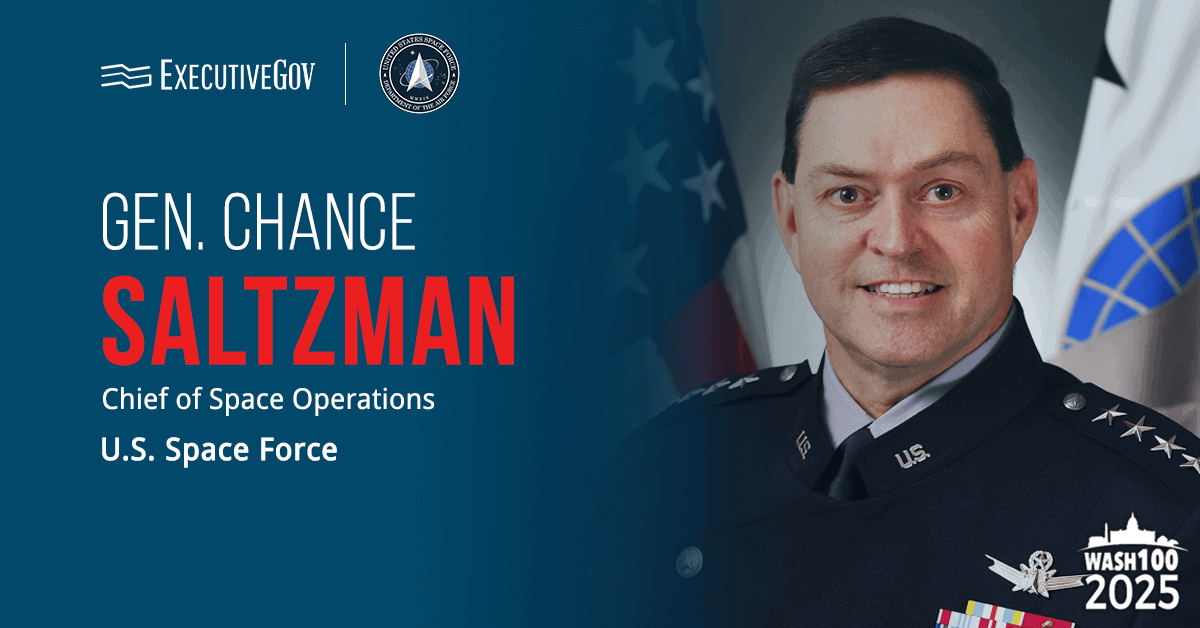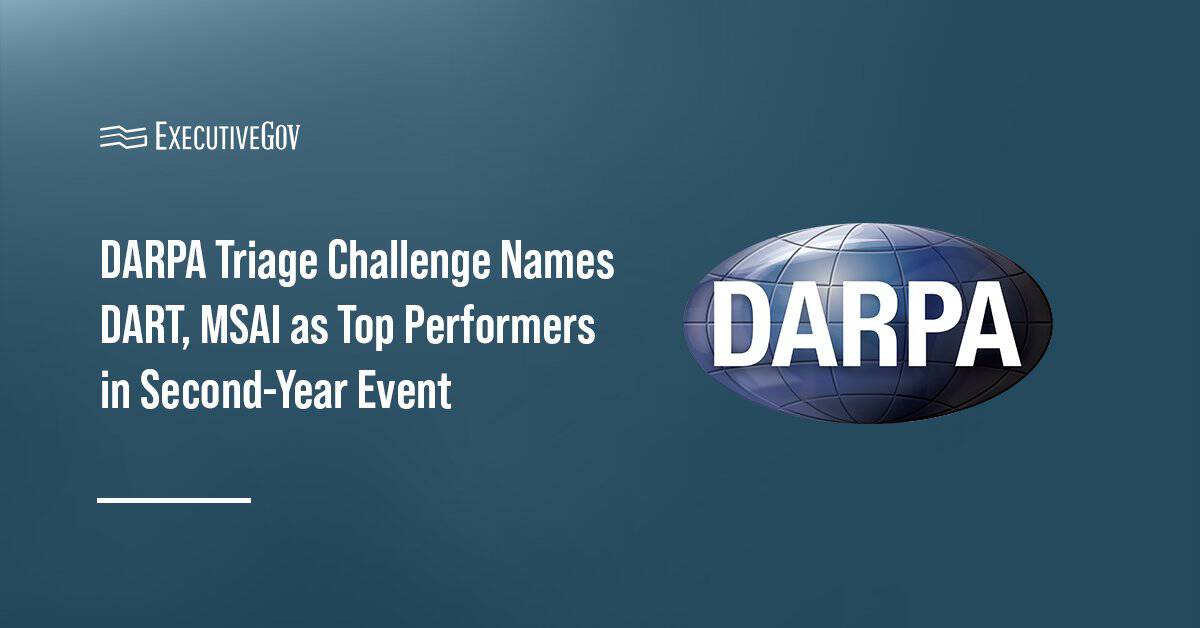 The U.S. Air Force plans to test in October a new process that aims to speed up contract awards to startups and small businesses within days, FlightGlobal reported Friday.
The U.S. Air Force plans to test in October a new process that aims to speed up contract awards to startups and small businesses within days, FlightGlobal reported Friday.Will Roper, assistant secretary for the service’s acquisition, technology and logistics, said the process would involve a call for startups to present their ideas in one or two pages and pitch their concepts through a “90-second video like Kickstarter.â€
“We’ll invite them to come pitch live and the idea will be 60 to 80% [of companies] have a high likelihood walking out of a live pitch being on contract that day,â€Â he added.
The report said the military branch intends to have the Air Force Research Laboratory run a trial of the process by the end of October to award up to 50 contracts within 50 hours.
Â





